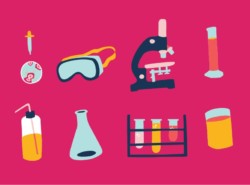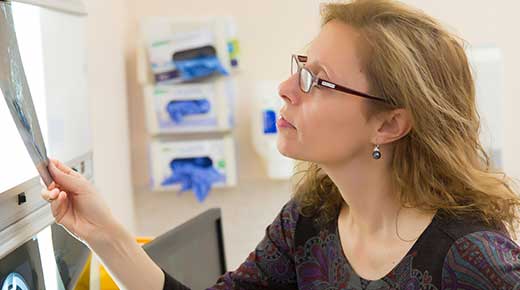
BreastScreen Victoria trial of 3D-mammographic screening
Published: 10/10/19 12:21 AM

Nehmat Houssami
Australia’s national program of free mammographic screening for breast cancer is proven to save lives through early detection of the disease. New technology has the potential to be more accurate and to potentially save even more lives, but there are no data to inform whether this technology would be acceptable and effective for Australian women.
Digital breast tomosynthesis is a type of 3D-mammography which increases the accuracy of a breast scan by reducing layers of overlapping tissue that can mask tumours. It can also reduce the likelihood of false alarms, where the screening shows an area that looks like a tumour. A false alarm can be distressing for the women involved who may need further investigation to determine if they have breast cancer, and they place an additional burden on the health system.
Recent international trials have shown that adding 3D-mammography to 2D-mammography increases breast cancer detection, although worldwide the evidence is not yet conclusive about its health benefits.
For 3D-mammography to be recommended for adoption in Australia, evidence on its benefits based on use in local health programs is needed. In this study, NBCF-funded Professor Nehmat Houssami will conduct the first 3D-mammographic screening trial in Australia. Her data will provide critical evidence to assist policy-making decisions about the role of the new technology and whether a larger scale evaluation is needed.
Most evidence on tomosynthesis (3D) screening so far has used both 2D and 3D techniques, which is not ideal as it essentially doubles radiation exposure to the breast. In collaboration with BreastScreen Victoria, Professor Houssami’s pilot trial will examine a new, safer and potentially more effective way of screening using 3D-mammography which avoids the additional radiation exposure by extracting the 2D mammogram from the 3D images taken during screening.
The trial also aims to determine if Australian women are open to undergoing to a new type of screening, provide reliable estimates on breast cancer detection which will inform a larger trial, and prompt policy decisions about the adoption of 3D-mammography technology.